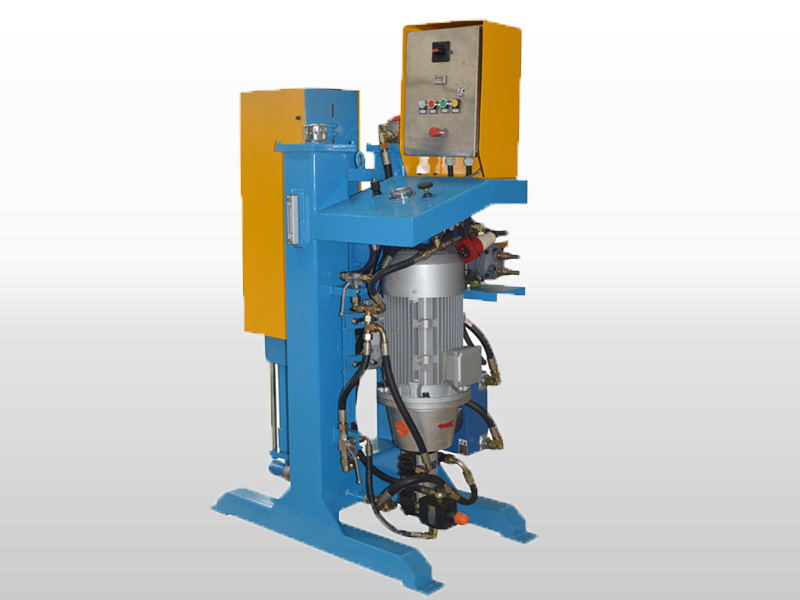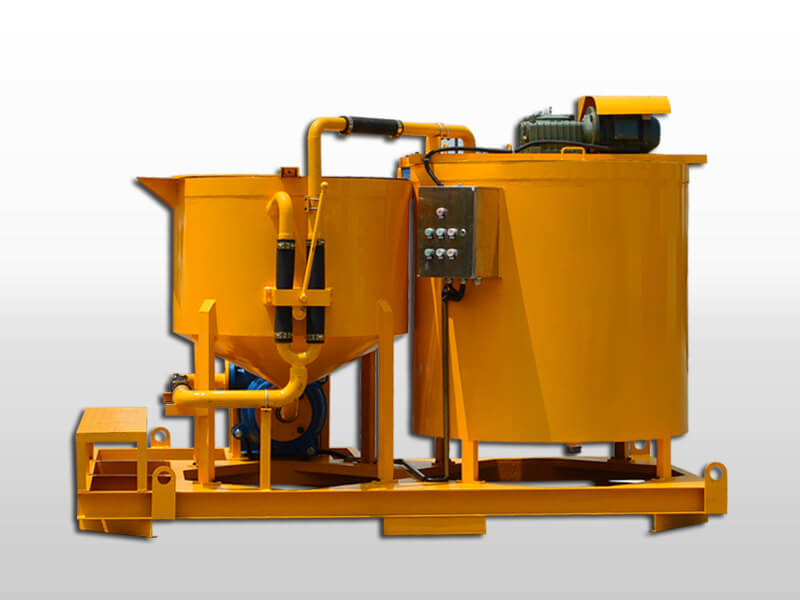how to read a positive displa cement grout pump curve
How To Read A Positive Displacement Pump Curve
Jul 17, 2014· In the curve below for a rotary lobe pump, multiple viscosities are shown to determine the pump horsepower. Positive displacement pumps can handle many difficult applications. Understanding how to read a positive displacement pump curve can help troubleshoot a currently installed system, or help to size equipment for the next project down the road.
Guide to Reading a Positive Displacement Pump Curve
Jun 13, 2018· Positive displacement (PD) pump technologies vary, as do the curves for these pumps. A person without significant exposure to pump selection is often experienced only with centrifugal pump curves. Therefore, it can be frustrating to get the data required from a positive displacement curve.
How To Read A Centrifugal Pump Curve – Crane Engineering
Jun 25, 2014· Knowing how to read a centrifugal pump curve is essential to the health of your system. Running too far out on the curve, or too far back, can cause damage to the pump, excessive energy consumption, and overall poor performance. Jordan, an Application Engineer at Crane Engineering, explains how to read a centrifugal pump curve in the video below.
Reading a Pump Curve – PumpScout
Selecting a Positive Displacement Pump Using Performance Curves Choosing a Pump Series A. Gather all application information including product nature, viscosity, temperature, NIPA, flow rate and pressure loss. B. Decide what series pump to use, FLII or FKL. For simple applications the more economical FLII pump will
How to Read a Pump Curve | Intro to Pumps
Manufacturers publish curves for all of their pumps, reflecting thorough and rigorous testing in the laboratory or factory. This testing allows manufacturers to communicate how a pump curve will perform under a given set of conditions and which pumps will be the most efficient solution for any given application. Pump Curve Elements
How to Read Pump Curves | Sciencing
Positive Displacement Pump . When to use a centrifugal or a Positive Displacement pump (“PD Pump”) is not always a clear choice. To make a good choice between these pump types it is important to understand that these two types of pumps behave very differently. Flow rate versus pressure . By looking at the performance chart to the r
How to Read Pump & System Curves – AQUA Magazine
How to Read Pump Curves. The performance of a water pump is affected by the energy supplied to it. The greater the amount of energy supplied to the pump, the greater the flow of water will be. This is not the most pertinent information for someone looking for a new water pump though. Every pump …
Positive Displacement Pump Characteristic Curve
Curve A represents 2-inch, Curve B 1.5-inch, and Curve C represents 2.5-inch plumbing networks. At each pump curve intersection, the flow and TDH is fixed. Different pumps that operate with different pump curves will all operate along the system curves but at different fixed points.
Reading Centrifugal Pump Curves Summary Reading and understanding centrifugal pump curves is key to proper pump selection, and to their reliable and efficient operation. This Tech Brief examines how pump curves can provide data about a pump’s abili-ty to produce flow against certain head, shows how to read a typical centrifugal pump curve …
ZP Positive Displacement Pumps RPM 30)))).0 Find the viscosity and .25 .751 1.00 M HP 0 .0 1 .75 0 1 3 2.25 3 2.25 mH 2 O Ampco Pumps Company … How to use Ampco’s PD pump curves: Example uses a known viscosity of 3 CPS, a pressure of 50 PSI, and a flow rate of 14 GPM.
Pump Knowledge Menu | Pump Suppliers. Positive Displacement Pump Characteristic Curve. Positive displacement pumps deliver a definite volume of liquid for each cycle of pump operation. Therefore, the only factor that effects flow rate in an ideal positive displacement pump is the speed at which it operates.





















